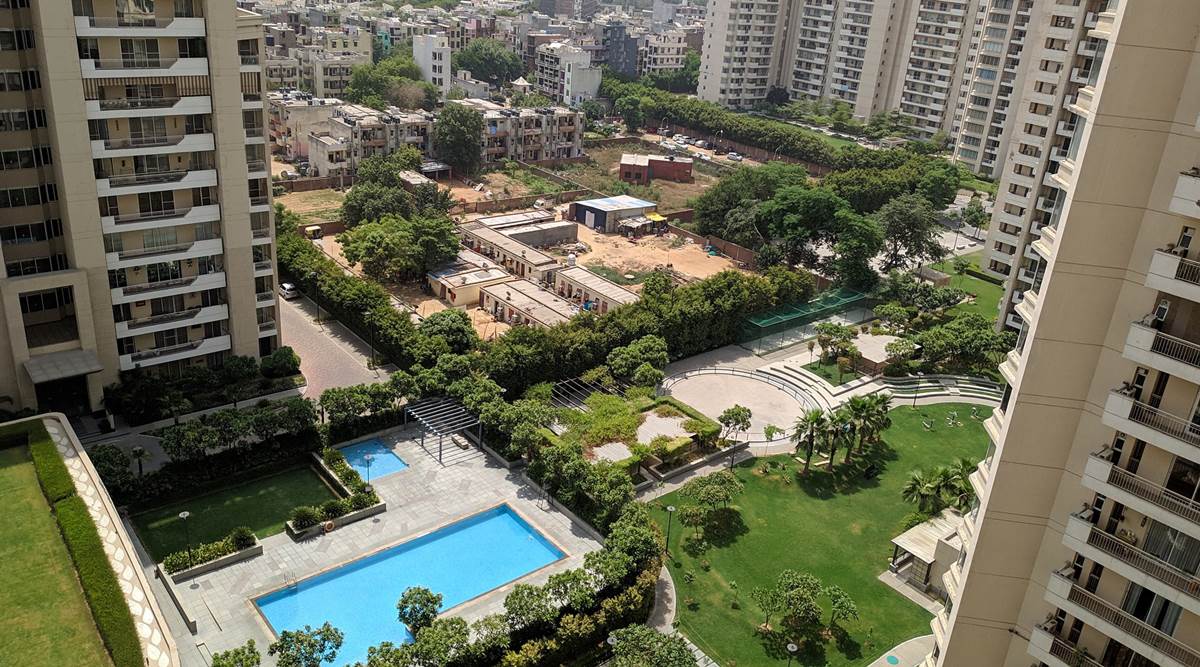What can housing societies do to tackle a COVID-19 situation? A doc suggests some practical steps
Here's what a stop-gap arrangement should look like, until a hospital bed is arranged

In the second wave, more people have been infected by the coronavirus. Chances are, you may have cases in your vicinity at the moment. But instead of panicking, you can read about some important steps that your housing society can take, to help a patient and stop the spread of the virus any further.
Dr Rahul Pandit, Director-Critical Care, Fortis Hospitals, Mumbai — in a bid to encourage every responsible citizen to make collective efforts to fight the pandemic — shares some ways in which housing societies can brace for emergencies — in the form of being ready with oxygen support, keeping ambulance services numbers handy, and having an allotted isolation space within the premises.
Recommendations
1. An emergency medical area or an isolation area for patients should be created at the society’s clubhouse, office, or gymnasium. This designated space must have an attached bathroom.
2. Have a simple mattress and pillow placed for patients to lie down and rest.
3. Arrange for a few pulse oximeters, BP monitors, and thermometers to check vitals of patients from time-to-time.
4. Arrange for an oxygen concentrator machine (can be rented) to give up to 5 liters per minute of oxygen to patients requiring it. Don’t get oxygen cylinders, they should be strictly reserved for hospitals.
5. Arrange for hand sanitisers, a box of gloves, N95 masks, normal masks, and an infrared thermometer, too.
Maintenance of isolation areas within housing societies
* The area should be sanitised and cleaned every two days (if not occupied).
* If patients are in the isolation area, cleaning should be done daily.
* Keep one person in charge of this isolation area.
* In case of an emergency, the person in-charge of the management of this designated area should be contacted immediately; other residents should be alerted to avoid any panic.
* A single committee (of 4-5 persons) should ideally be formed for the management of this holding area, who can support the managing person.
* One person from the committee should be the point-of-contact for residents to request the use of the area. This designated person must always wear an N95 mask and gloves, inspect preparedness, and then call the suspect/COVID-confirmed resident to the designated area.
* The patient must wear a simple cloth mask. Always keep a distance of at least 2 metres from other patients, and do not touch your face, eyes, or mouth.

* Patient’s temperature must be measured with the infrared thermometer, using no-touch technique.
* If the patient is able to help themselves, instruct them to measure oxygen saturation. If the patient needs assistance, then ideally their family member should step in wearing an N95 mask, gloves, to help measure oxygen saturation. If the saturation is below 95 per cent, then committee members should instruct and guide the patient/the family member to start an oxygen concentrator and apply oxygen cannula or mask to the patient and keep flow at 4-5 lit/min.
* Keep measuring oxygen saturation every 15 minutes and keep a note of all measurements on a notepad.
* Administrators should ensure no other resident visits the holding area.
* Administrator and a person from the patient’s family, should seek medical assistance and arrange a hospital visit for the patient.
* They should call the local municipal war room or the nearest hospital and arrange for admission or assessment in the emergency department.
* Once the patient is successfully moved to a hospital, the area should be sanitized, before it is ready to be used again.
* Also, look out for a centralised grocery supplier so that all residents can get the supplies on time.
“The idea behind this is, if any resident of a society showcases symptoms of COVID-19 and is short of breath, then they can be shifted to this allocated area. This, however, is only a stop-gap arrangement until a hospital bed is arranged. This is, by no means, a solution to stay there for more than a few hours, but simply a place to get basic care and oxygen until a hospital bed is arranged,” the doctor explains.
For more lifestyle news, follow us: Twitter: lifestyle_ie | Facebook: IE Lifestyle | Instagram: ie_lifestyle
Source: Read Full Article


